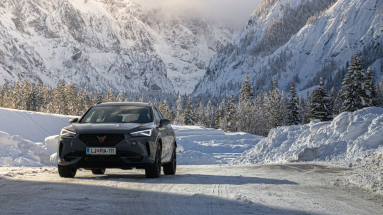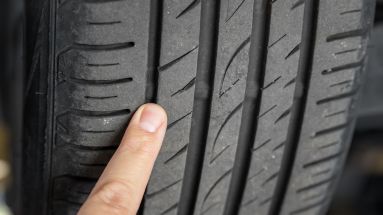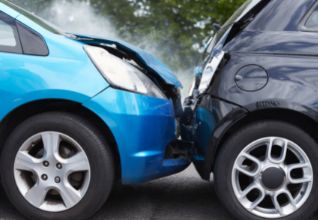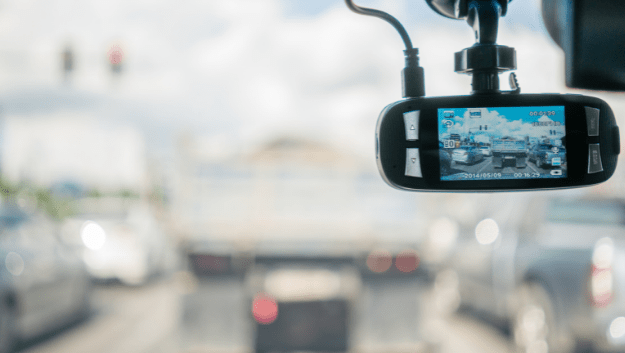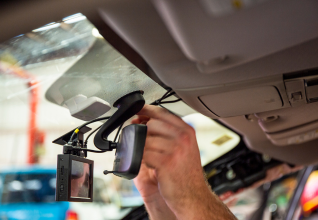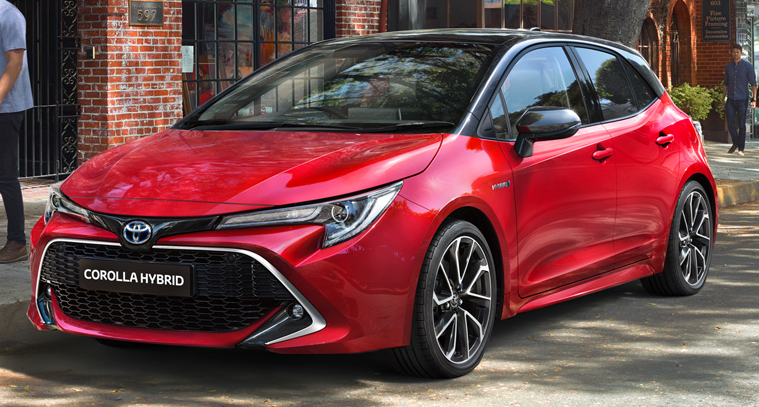As a novice driver in Ireland, you must understand the penalty point rules that apply to you. Novice drivers are those who have held their first learner permit for less than two years; and are subject to different penalty point rules than fully licensed drivers.
In Ireland, like many other countries, driving behaviour is monitored and regulated through a system of penalty points. These points are added to a driver’s license when they commit specific driving offences. The accumulation of penalty points is intended to deter and penalise dangerous or careless driving.
Usually, if a driver accumulates 12 penalty points within a 3-year period they will be automatically disqualified from driving for 6-months. However, novice drivers (and those who hold learner permits) are subject to a lower threshold of 7 penalty points.
Types of Penalty Point Offences
Accumulating penalty points on your license can affect your car insurance premiums and potentially result in license suspension. While the number of penalty points you can receive for a driving offence depends on the type of offence committed. For example:
If caught speeding, you can receive 2 penalty points if you exceed the speed limit by 10 km/h or less. However, if you exceed the speed limit by 30 km/h or more, you can receive 6 penalty points.

In Ireland, Novice drivers (and those who hold learner permits) are subject to a lower threshold of 7 penalty points. Accumulating 7 or more penalty points within your first two years of driving will result in your license being revoked.
Similarly, if you are caught using a mobile phone while driving, you can receive 3 penalty points, and not wearing a seatbelt can also result in 3 penalty points. On the other hand, driving without insurance can result in 5 penalty points.
But most important to note is that if you accumulate 7 or more penalty points within your first two years of driving, your license will be revoked. And you will have to reapply for a learner permit.
How it Affects Your Car Insurance Premium
One of the implications of accumulating penalty points is the potential impact on car insurance premiums. Insurers often view points on your driving license as an indicator of increased risk, especially for those new to the road.
Novice drivers with penalty points may face higher insurance premiums. Insurers often view these points as an indicator of increased risk, especially for those new to the road.
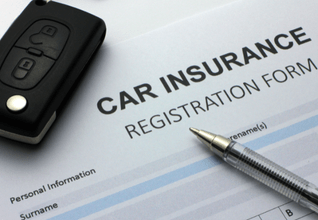
Insurance companies use various factors to determine the risk associated with insuring a driver, and one of these factors is the driver’s record of penalty points. Here’s why:
- Risk Assessment: Insurance companies operate based on risk assessment. Drivers with penalty points are statistically more likely to be involved in accidents or commit further driving offences. As a result, they are considered a higher risk to insure.
- Higher Premiums: Due to the increased risk associated with drivers who have penalty points, insurance companies may charge higher premiums to cover the potential costs of future claims. The more penalty points a driver has, the higher their insurance premium might be.
- Incentive for Safe Driving: The potential increase in insurance premiums serves as an additional incentive for drivers to adhere to road safety rules and avoid accumulating penalty points. By driving safely and responsibly, drivers can not only avoid legal penalties but also financial implications in the form of higher insurance costs.
- Maintaining a Clean Record: In Ireland, penalty points remain on a driver’s record for a specific period, after which they expire. By avoiding further offences during this period, drivers can ensure that their record remains clean. A clean driving record is often rewarded by insurance companies with more competitive premium rates.
- Insurance Market Competition: It’s worth noting that the insurance market in Ireland is competitive. Different insurance providers might have varying policies regarding penalty points and how they affect premiums. Therefore, it’s always a good idea for drivers to shop around and compare quotes, especially if they have penalty points on their record.
Tips for Novice Drivers:
- Always adhere to speed limits.
- Avoid using mobile phones, even hands-free, while driving.
- Regularly review and stay updated with traffic rules.
Summary
Safe driving in Ireland keeps you out of legal trouble and can save you money on insurance.
Novice drivers should follow the rules of the road around penalty points, and avoid committing any driving offences that may result in penalty points. Keep your driving record clean, and your car insurance premiums will be more affordable. Remember:
- Novice drivers in Ireland are those who have held their first learner permit for less than two years.
- They are subject to different penalty point rules than fully licensed drivers.
- The number of penalty points a novice driver can receive depends on the type of offence.
- If a novice driver accumulates 7 or more penalty points within the first two years of driving, their license will be revoked, and they will need to reapply for a learner permit.
- Penalty points can affect car insurance premiums, as drivers with points are seen as higher risk.
Novice Driver FAQs
Kennco Services

